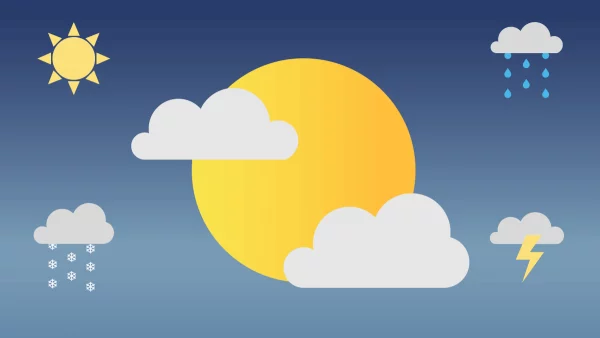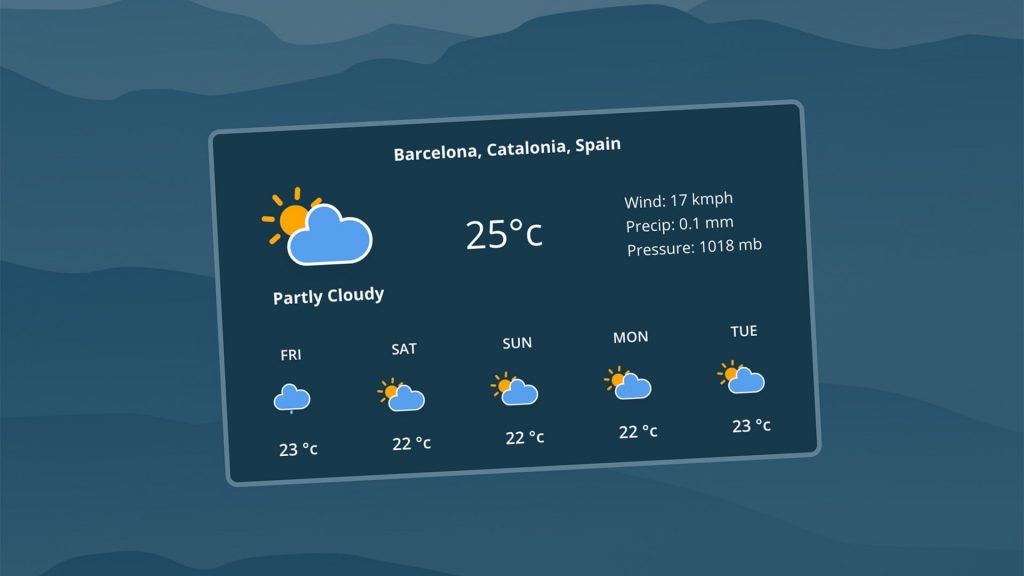With growing accuracy, weather predictions and climate projections are now possible because of advancements in the numerical techniques employed in weather and climate models. Stochastic parameterizations, which lessen the uncertainty of these numerical models, particularly for simulating the links between small-scale atmospheric processes and large-scale processes, play a significant part in this progress. The combination of methodologies (ensemble) is a second method that is frequently employed since it enables the understanding of the level of uncertainty associated with each meteorological prediction.
These techniques work by solving the partial differential equations that describe the atmosphere-ocean system using sophisticated numerical models. This has a number of disadvantages, including the high computational cost, which necessitates the use of substantial computing resources; the complexity of the physical parameterization of the models; and the requirement for a sizable amount of data from numerous sources, including weather stations, radiosondes, satellites, airplanes, etc.
These shortcomings have led to an increasing interest in using artificial intelligence to increase the effectiveness of weather and climate models in recent years, as is the case in practically all scientific domains. The ability of artificial intelligence to learn and evolve on its own, or so-called machine learning, is actually one of its key applications and without a doubt the most popular at the moment. With good short-term results, it is now possible to create models using past meteorological data to predict variables without explicitly requiring the model to understand physical processes.
The good news is that thanks to APIs (Application Programming Interfaces), which enable the integration of external functions, this technology is accessible to any company. For instance, using AI and machine learning-based methods, real-time data and weather forecasts can be included in digital platforms via weather APIs.
Weather API: How Does It Work?
Technology advancements have caused the digitization of business, and nowadays, it is impossible to imagine a company that does not operate a website. In order to offer a positive user experience and the required work platforms for every company’s operation, mobile applications are indeed crucial. Even though they are invisible, APIs are present in nearly all of them because they enable developers to incorporate functions or outside data.
For instance, integrating real-time data or a weather forecast into online platforms is made simple by using weather APIs. Travelers, drivers of vehicles, airlines, and cultivating businesses, among many others, really need this. While there are several Weather APIs available, we recommend Current Weather and Forecasted Weather API if you’re searching for one that offers global coverage and a range of information.
More About Current Weather and Forecasted Weather API
The Current Weather and Forecasted Weather API is unique in the market. Its database is incredibly extensive and offers weather data for any location in the world. This API not only offers the most up-to-date, accurate data available with the fastest response times available, but it also lets you check weather predictions for a maximum of five days in advance, every three hours.
Select the name of a city, a zip code, or a particular geographic region to seek this information. You will receive dependable, accurate, and wide range of information via its easy search engine that is driven by AI. Among many other options, you can browse by temperature, dampness, winds, or cloudiness. Don’t wait, use the most cutting-edge weather technology available with the Current Weather and Forecasted Weather API.



